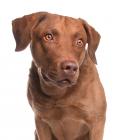Chesapeake Bay Retriever
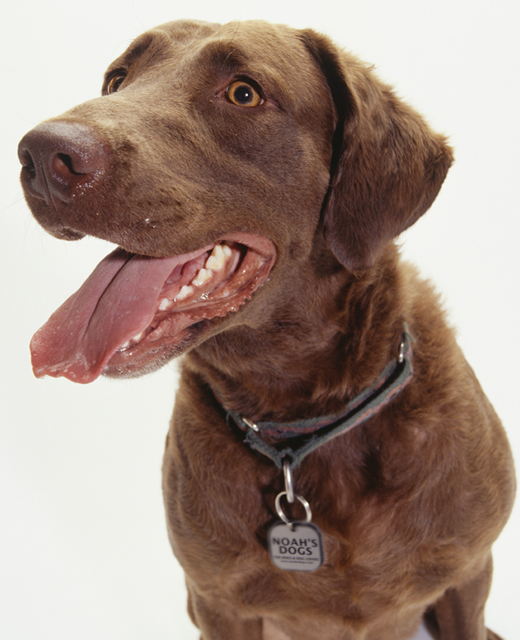
In my own words
Can I get anything for you? Why don’t you sit down and put your feet up, I’ll go and get the newspaper and bring it over to you – don’t you worry about that. Is there anything else I can get for you while I’m up and about? Honestly, it’s no trouble! Retrieving things for you is what I’m good at; it’s in my blood! I could bring things for you all day and never get tired of it.
Once you’re finished relaxing, why don’t we go out for a long stroll around the countryside? I could really fancy going for a swim! I know, I know, it’s pretty cold in that lake but that doesn’t bother me one bit. My dense coat has this oily coating you see, and it protects me from the freezing cold water. It just rolls off me like water off a ducks back… literally!
At the end of the day, when you go to bed, you can rest assured your home is safe and sound. I’d do anything to keep you and the family out of harm’s way and I’ll protect everyone with my life! Nobody will get past me!
My ideal owner(s)
People who like country pursuits
People who love to run
People who like long walks
Country folk
Experienced dog owners
Families
What they say about me
Lovable and affectionate
Hard working
Excellent retrievers
Good swimmers
Full of stamina
Please read on to find out more about me, and whether I’ll be someone you’ll be happy to live with for the next 10 to 12 years!
Is this Chesapeake Bay Retriever for you?
Test your knowledge about the Chesapeake Bay Retriever
Information essential about the Chesapeake Bay Retriever
Kennel Club Group:
Size:
Large: Weight Male 65 – 80 lb (29 – 36 kg) Female 55 – 70 lb (25 – 32 kg)
Height Male 23 – 26” (58 – 66 cm) Female 21 – 24” (53 – 61 cm)
Popularity:
While the Chesapeake Bay Retriever may not be as popular as the Labrador Retriever or Golden retriever, it is still a much loved family pet and working dog. It is particularly popular in its native country of North America, where it was the first retriever breed to be recognised by the nation’s kennel club.
Breed History:
Originating in the United States of America, the Chesapeake Bay Retriever can also be known as the Chessie or Chessy Dog. The story of the breed’s development dates back to 1807, when an English ship carrying two Newfoundlands was shipwrecked off the Maryland coast. All the passengers on the boat survived and the two dogs were given to a nearby family of dog lovers who had helped save the crew. They were then bred with retrievers, including the English Otter Hound, Curly Coated Retriever and Flat Coated Retriever.
Careful breeding over generations resulted in the Chesapeake Bay Retriever we know and love today – a wonderful retrieving dog with plenty of stamina and a happy go lucky attitude.
The Chesapeake Bay Retriever was used to retrieve birds form icy cold waters and its enthusiastic nature meant it could retrieve hundreds of birds in just one day. Their oily coat is resistant to water, helping him be an excellent hunter on both land and water.
Character:
Brave, loyal and affectionate, Chesapeake Bay Retrievers love their human families deeply and would do anything for them. They are excellent with children, showing patience and constraint while playing with them and having a protective nature which means they wouldn’t let anything bad happen to them. A natural hunter and retriever, your Chessy needs plenty of exercise to keep him mentally and physically stimulated. A nature lover through and through, he’ll be happiest living out in the countryside, where there is plenty of wildlife to run around after and lakes to go swimming in. Swimming is one of your Chesapeake Bay Retrievers most loved pastimes; they truly do have a passion for water. Be sure to integrate your Chesapeake Bay Retriever fully with the family; he loves to be close to you and thrives on human companionship. If he feels as though he’s not getting enough attention, he may well turn to destructive behaviour. He would rather have negative attention than none at all.
Temperament:
The Chesapeake Bay Retriever differs from most other retrievers in that it is fiercely protective of its family. While a Labrador loves everyone, including strangers, a Chessie is more reserved among strangers and wary of new visitors, although he will still be polite and well-mannered among guests. They make excellent guard and watch dogs, as they are alert and put keeping their family safe and sound at the top of their priorities. With an independent streak, your Chesapeake Bay Retriever is a dominant dog and therefore not well suited to first time dog owners. The Chesapeake Bay Retriever needs a handler who is confident, experienced, consistent, firm and fair. Without proper leadership they can not only be a handful and difficult to train, but can show unwanted behaviours such as over protectiveness and aggression.
Conformation:
The Chesapeake Bay Retriever is strong, muscular and powerful. They have well-built frames which attribute to their endurance and stamina. The head is broad with a medium length muzzle which is about the same length as the skull. The eyes are wide set and either a pale yellow or amber colour. The ears are small, high set and hang down loosely. The thin lips conceal a jaw which meets in a scissor or level bite. The tail is thick and heavy at the base and medium in length. The neck is muscular and the chest deep. Sturdy legs lead to webbed feet, which aid the Chesapeake Bay Retriever in swimming. The coat is short and dense with a slight wave and an oily, water resistant coating which repels water and helps the coat dry quickly.
Colour:
The Chesapeake Bay Retriever’s coat most often comes in dark brown or dark red, but also tan and sedge. There may be white patches on the chest, belly or feet.
Training:
Your Chesapeake Bay Retriever can be a little bit slow on the uptake which means that training isn’t always easy. However, they are wonderfully enthusiastic dogs that are willing to please, so with a little bit of extra time and a whole lot of patience, you can train your Chesapeake Bay Retriever to be a well-mannered and obedient pet. Early socialisation and obedience training is vital in order to raise your Chessy to be well adjusted and friendly with other dogs, people and animals. The Chesapeake Bay Retriever shows huge talent in tracking, hunting, field trials and competitive obedience. An experienced, confident and respectful owner who uses reward based, positive reinforcement will get the most out of a Chesapeake Bay Retriever during training.
Care:
An average shedder, your Chesapeake Bay Retriever’s dense, oily coat is fairly low maintenance. A regular, weekly brush with a firm bristle brush will remove dead hair and prevent matting from occurring. However, the coat does have a distinctive smell and your Chesapeake will therefore need the occasional bath to keep him smelling fresh. However, over bathing can strip the oils from the coat and damage it, so be careful not to give your Chesapeake too many baths.
Health:
The Chesapeake Bay Retriever is a generally hardy breed with few known major health issues. They are, however, susceptible to hip and elbow dysplasia and eye problems including cataracts and Progressive retinal Atrophy. The average lifespan of a Chesapeake Bay Retriever is 10 to 12 years.
You may also like:
If you like Chesapeake Bay Retrievers, you may be interested in breeds of the same size »
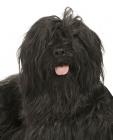

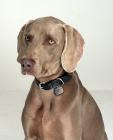
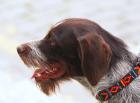
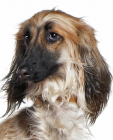
If you like Chesapeake Bay Retrievers, you may like other breeds with similar characteristics »
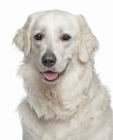
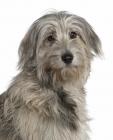
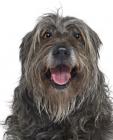

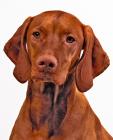
Advice on choosing your breed »
Find an animal shelter or rescue home where a Chesapeake Bay Retriever is waiting for a new home »
The following grid gives a fast track review which covers all breeds. You can apply it to help you decide if a Chesapeake Bay Retriever is suitable for you, the environment where you live, your personality and your lifestyle. On the grid, 1 = strongly disagree, and 5 = strongly agree. For example, if you are looking for a dog that is suitable for a farm, look down the list under ‘environment’ and you will see that Chesapeake Bay Retrievers are perfect for country living, scoring 5. If you are looking for a dog that would make a good guard dog, look under ‘role and suitability’ and you’ll see a Chesapeake Bay Retriever would be an excellent choice, also scoring 5. You might like to save or print off this section and keep it for reference while you check some other breeds before making your choice.
Be the first to rate this breed »
|
*PLEASE NOTE: All our breed profiles are general, and all dogs are individuals. Always talk to the breeders and meet the owners you are buying from. Try to meet the dog and its parents if it is a puppy in their home environment.









